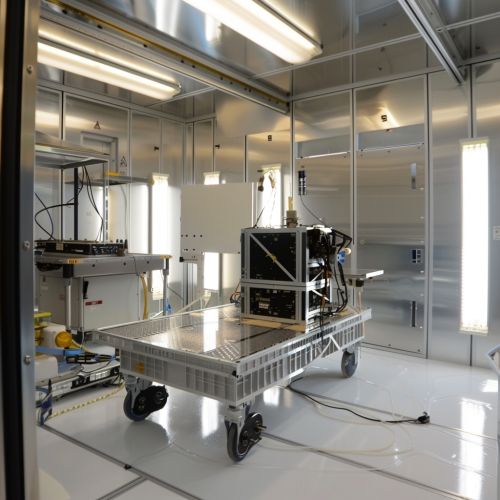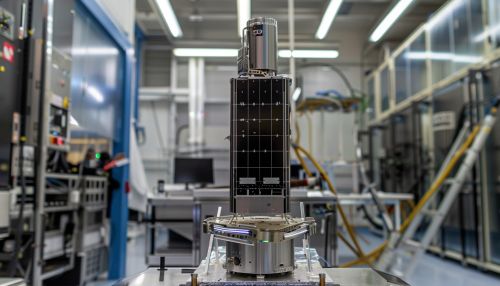Small satellite
Introduction
A small satellite, also known as a smallsat, is a type of artificial satellite with a mass lower than 500kg. These satellites are typically used for a variety of purposes, including scientific research, communication, and earth observation. The development and deployment of small satellites have revolutionized the space industry, offering a cost-effective and efficient means of exploring space and providing services to users on Earth.
History
The concept of small satellites emerged in the late 20th century, as advancements in technology allowed for the miniaturization of satellite components. The first small satellite, the Explorer 1, was launched by the United States in 1958. Since then, the number of small satellites in orbit has grown exponentially, with hundreds of these satellites now in operation around the globe.


Design and Construction
The design and construction of a small satellite are influenced by its intended mission and the constraints of its size and weight. Small satellites are typically built using lightweight materials and miniaturized components to reduce their mass and volume. They often incorporate advanced technologies such as microelectromechanical systems (MEMS) and nanotechnology to further enhance their capabilities.
Types of Small Satellites
There are several types of small satellites, each with its unique characteristics and applications. These include CubeSats, NanoSats, MicroSats, and MiniSats. CubeSats, for instance, are a type of small satellite that typically has a volume of just one liter and a mass of no more than 1.33 kilograms.
Applications
Small satellites have a wide range of applications. They are commonly used for scientific research, including astronomy, earth science, and space physics. They are also used for communication purposes, providing services such as voice and data transmission, television broadcasting, and internet connectivity. In addition, small satellites are used for earth observation, providing valuable data for weather forecasting, disaster management, and environmental monitoring.
Advantages and Disadvantages
Small satellites offer several advantages over their larger counterparts. They are cheaper to build and launch, making them an attractive option for countries and organizations with limited resources. They can also be launched in groups, allowing for the creation of satellite constellations that can provide global coverage. However, small satellites also have their disadvantages. They typically have shorter lifetimes than larger satellites, and their small size can limit their capabilities.
Future Trends
The future of small satellites looks promising, with several trends shaping their development. These include the increasing miniaturization of satellite components, the development of new launch vehicles specifically designed for small satellites, and the growing interest in small satellites from both the public and private sectors.
